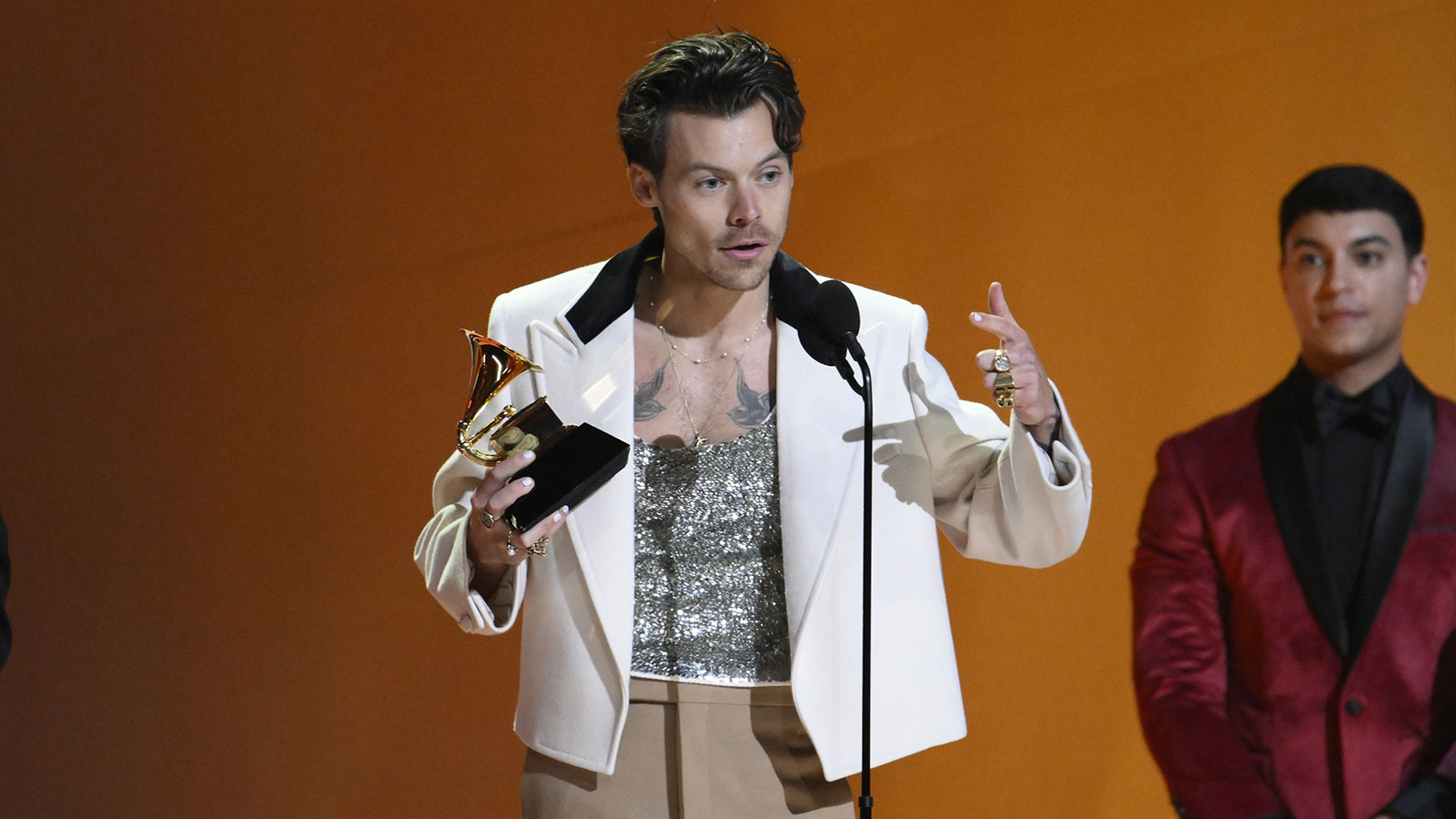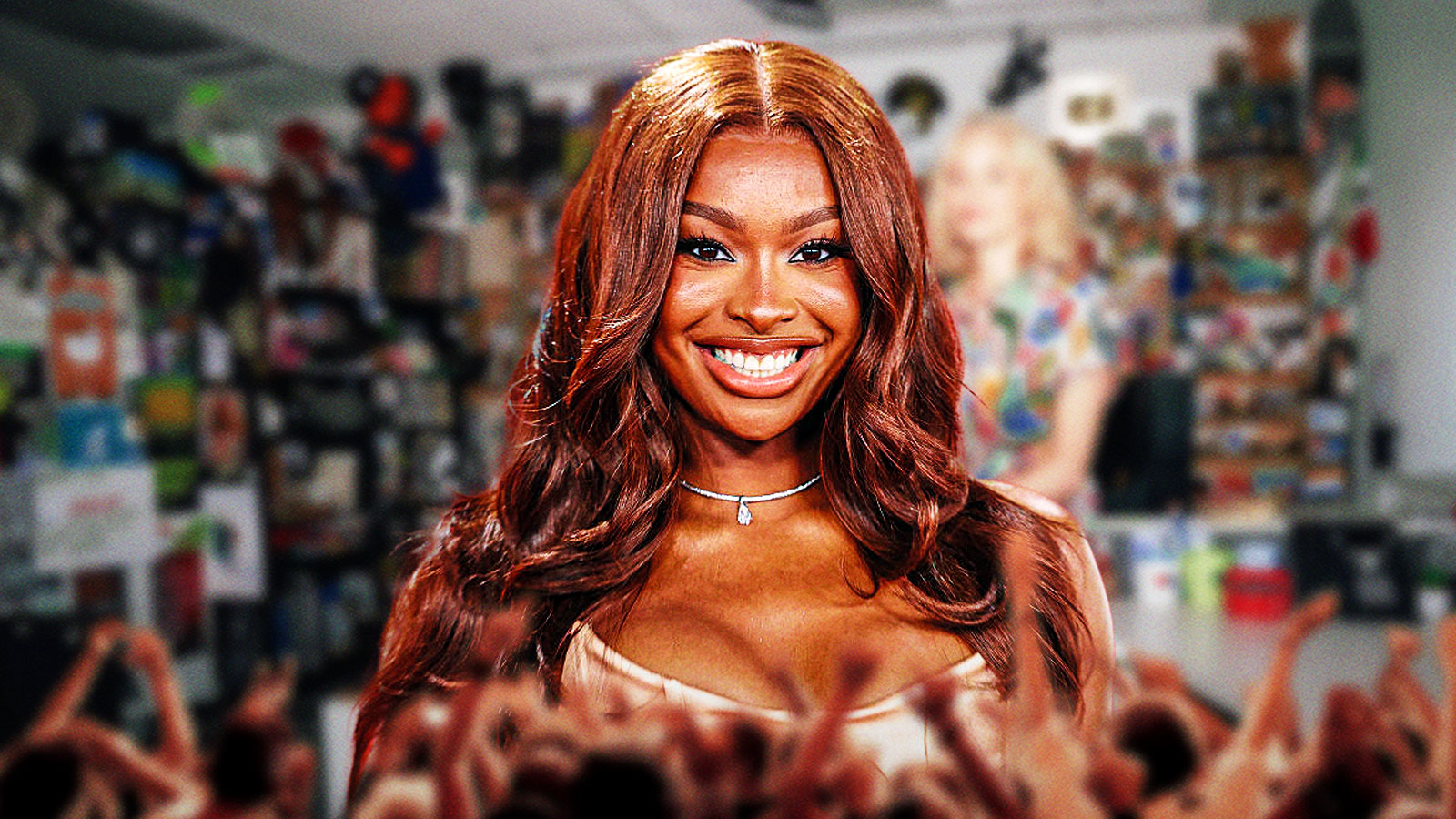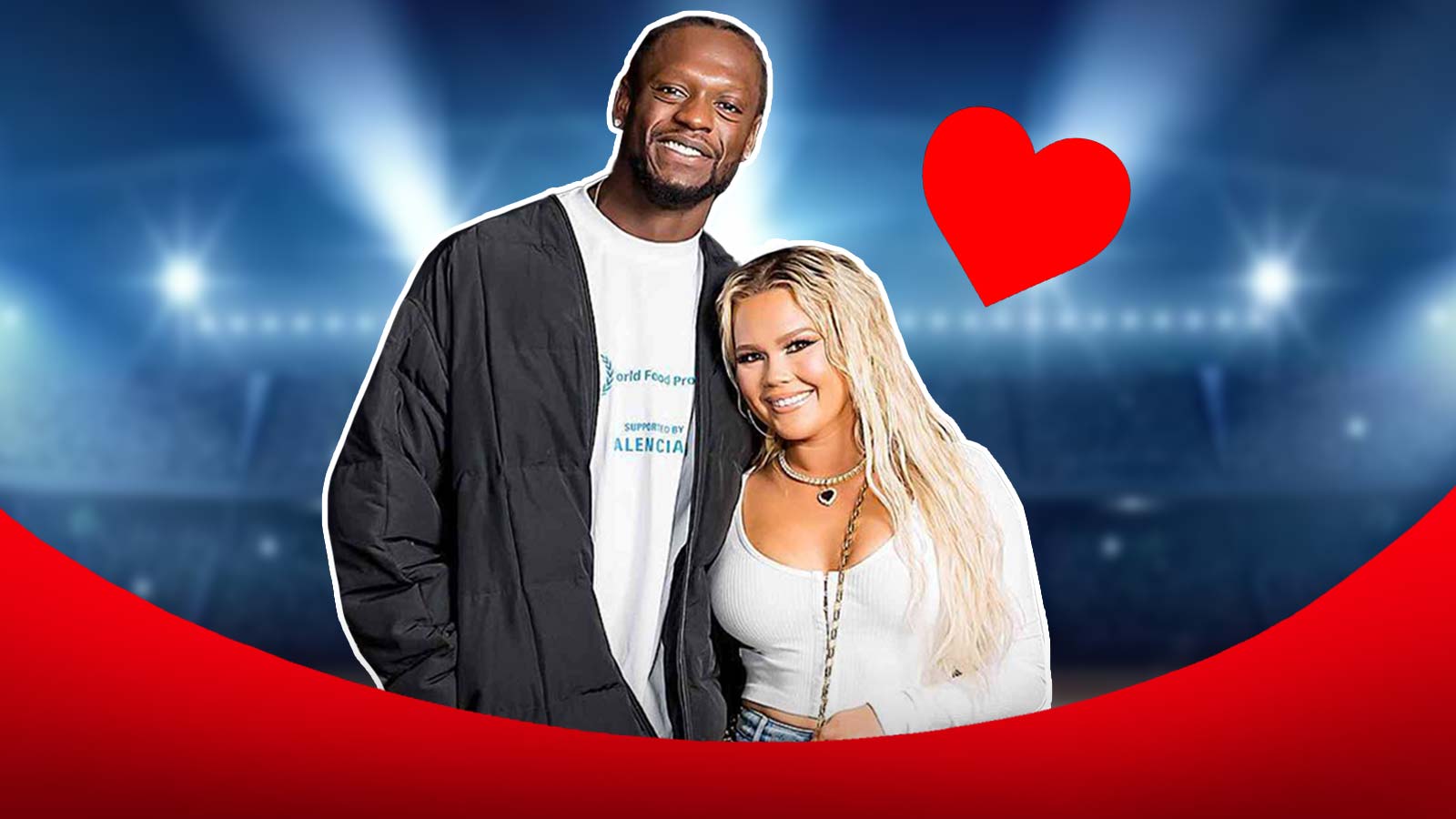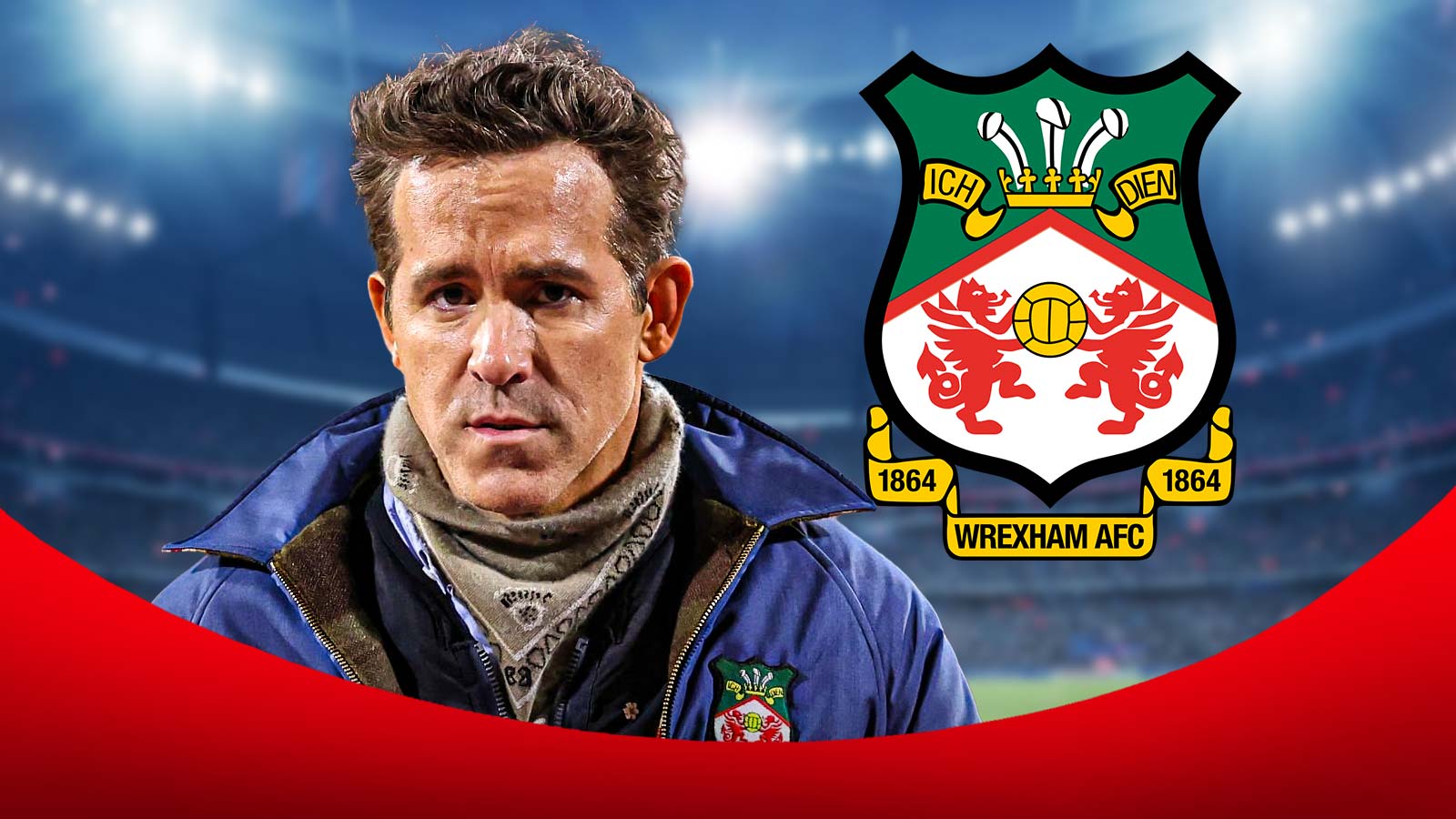Netflix's Full Swing Season 2 drops this Wednesday. Ahead of its release, ClutchPoints screened the episodes and chatted with PGA Tour stars Tom Kim and Keegan Bradley, as well as executive producers Chad Mumm and Warren Smith.
In Full Swing Season 1, released on Netflix in February 2023, the series aimed — with varying degrees of success, not unlike the PGA Tour — to toe the line between appealing to golf junkies and casuals. Season 2 is more ambitious, polished, and nimble — highlighted by its character portraits and kinetic three-episode Ryder Cup arc.
18-hole scramble on Full Swing Season 2 review
1. Fittingly, Full Swing Season 2 opens with a poop joke at the WM Phoenix Open. The metaphor is apt: The state of professional golf — including the “Wasted Open”, literally — is kind of a s**tshow these days.
2. The Ryder Cup provides chronological import to the narrative, though the show still balances character portraits with chronology. This is mostly successful, though viewers may be thrown off by repeated trips to specific moments and venues.
“I think the big thing for us is, Formula 1 has a season,” Smith explained to ClutchPoints, in reference to Box to Box's Drive to Survive. “Golf has a season, obviously, but there's a very clear 24 races and you have a winner of the championship. The beauty of golf is, essentially, golf never stops. I don't think the show will always be that way. At the moment, we're still trying to establish characters.”
3. Rory McIlroy: “I would say I’m probably closer to Jay than any of the other players on the PGA Tour.”
4. Rory's go-to car audio mix: Shotgun Start, Huberman Lab, Disney's Encanto (“poppy's favorite”), and DJ Khaled (he's everywhere!).
5. At LIV in Florida, the show drops the sound from the modestly attended “Golf But Louder” event. There are a variety of flourishes throughout the season that illustrate a more confident, creative program (Joel Dahmen's “pool boy” workout serves as a call-back to his Season 1 exercise routine while encapsulating his diminishing investment).
6. Full Swing can land on the clumsier side of contrivance when it shoehorns stories. Boiling the PGA Tour vs. LIV beef via Rory vs. Brooks at the Masters is initially sensible, but it falls flat once key details are omitted. For instance, barely any mention is made of the winner, Jon Rahm, who would jump to LIV at the end of 2023.
“It's our season arc,” Smith explained. “Hopefully, there's a Season 3 and that will very much be mentioned there. This season was about ending at the Ryder Cup.”
Similarly, instead of interrogating Koepka's heart-breaking runner-up at Augusta — the Season 1 episode exploring his self-doubt was profound — the show presents his contention as a personal triumph.
7. The PGA Champions dinner looked hilariously awkward. I can't wait for the masses to see Justin Thomas' savage toast to Mito Pereira. On that note, I could not believe how shoddy the Oak Hill locker room is. I had to ask Kim about this.
“I think the PLAYERS is really a nice one because player dining is literally right next to the locker room,” Kim said. “It's so convenient. You go through one door and player dining is right there, instead of trying to go all the way around. … You just have to put Augusta up there because Augusta is just Augusta.”
9. Netflix's access to Augusta — the first gathering of PGA and LIV players in eight months — is thrilling. It can't be overstated: the amount of sheer footage the Netflix cameras caught is staggering.
“Right from the West Coast swing on. We did maybe hundreds of hours of filming,” said Bradley. “Hours and hours of filming. At my house, at tournaments. It was a lot.
10. The profiles of Kim, Dahmen, and Rickie Fowler are standouts. In the case of Fowler and Kim — unique, charismatic guys — we efficiently spend time with them at home, learn about their career arc, understand their obstacles, and then watch them contend. For Kim, the show smoothly transitions from using trivial moments to illustrate his youthfulness (falling in mud, getting lost at Augusta, parking in Scottie's champions' spot) into capturing what makes him an impressive competitor at the age of 21.
In episode three, Dahmen's reluctance to see a psychologist at the insistence of his caddie/best friend, Geno Bonnalie — his stardom has coincided with newfound stresses — is juxtaposed with Wyndham Clark's positive relationship with therapy. A high-altitude conversation between Dahmen and Bonnalie produces the series' most poignant moment to date (“Being famous and shooting a 76 is the worst f**king thing in my life”).
“Maybe more so than any other player, Joel has just totally embraced letting the cameras in,” said Mumm. “It was a tough season and he was really struggling with being a new father and being famous, and not necessarily his play on the golf course. And yet, was willing to let the camera kind of roll the whole time. That's what makes Joel, Joel. He's able to be so honest and real. Even in the moment of maximum pressure, he can look at the camera and be like, ‘It's kind of weird because Netflix is sitting right there.' He lets it roll and has embraced this as how he's opening up the doors to his life.”
11. From the opening scene in Phoenix, Jordan Spieth always tends to be hanging around the action, making fun of somebody.
“As a guy who just is starting out, he's helped a lot,” Kim told me. “He's just been a very big mentor/big brother.”
12. A few moments feel a tinge transactional. McIlroy — who offers quality access — is described as a “superhero” for his work as a de facto spokesperson. In a PR meeting, Monahan declares his intent to “give the truth and put the players first” before a TV appearance explaining his secretive negotiations with PIF that did neither. (Even Netflix — deploying an array of aerial shots — is hyping up the crowd size at LACC.)
13. Certain expositional vehicles are more effective than others. The graphics explaining the Ryder Cup and points rankings are digestible and helpful, to any viewer. The explanations on why the Masters matter feel handhold-y.
14. A nifty redirect shifts focus from Matt Fitzpatrick onto his brother, Alex. It's a shrewd way to capture the two ends of the spectrum on tour. (The text message Matt receives from an unknown number after winning the U.S. Open: “Congrats Matt – Michael Jordan.”).
15. I was curious how Full Swing would portray Justin Thomas' “s**t” year — the type of prolonged cold streak from one of the world's best players that only happens in golf. His quest to make the Ryder Cup team offers a perfect avenue to explore this (European captain Luke Donald's wife, Diane, posits an astute theory: Golf is easier when you're younger because you have fewer memories of failure.)
Overall, the Full Swing season feels more deliberate about showing the trials and tribulations of hacking it on the professional golf circuit. Season 1 relied on people insisting golf was hard.
16. Bradley is Thomas' competition for the final U.S. roster spot. Beginning with his win at the Travelers, the show succinctly contextualizes Bradley's relationship with his peers and his passion for the Ryder Cup. The result is a harrowing phone call from Zach Johnson — conveniently depicted as a close friend of Thomas'.
17. The splendor of watching Justin Rose do, well, anything, is only matched by the decanter of Pimm’s on his patio table.
(“It was actually quite funny, it was just a touch too long,” Rose says to Joe LaCava in Rome — my favorite soundbite of the season. Well, maybe Shane Lowry asking: “We’re allowed to slag off the Americans, though?” during the welcome ceremony.)
18. The excursion to Rome juices the series with a globe-trotting, glamorous verve. The energy at Marco Simone is visceral (“He's in your headddd Rorryyy”). The convergence of LIV and PGA Tour players in heated team competition brings Full Swing, full circle, with an exclamation point.
Full Swing Season 2 will be released on March 6 on Netflix.




















